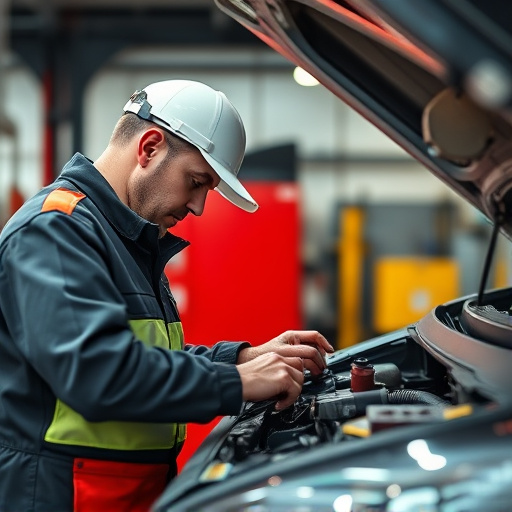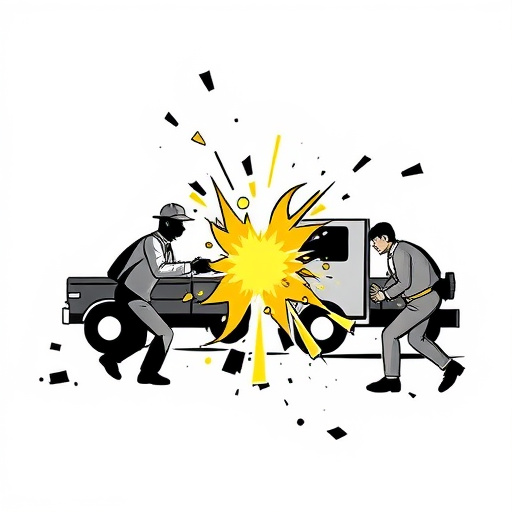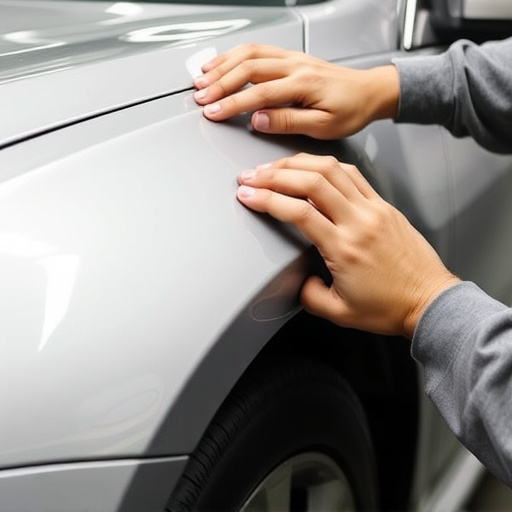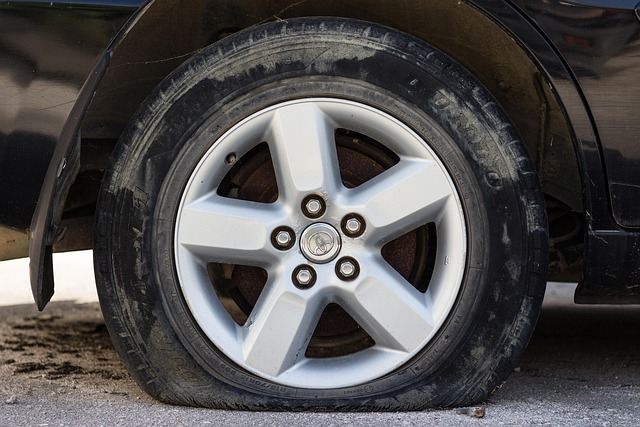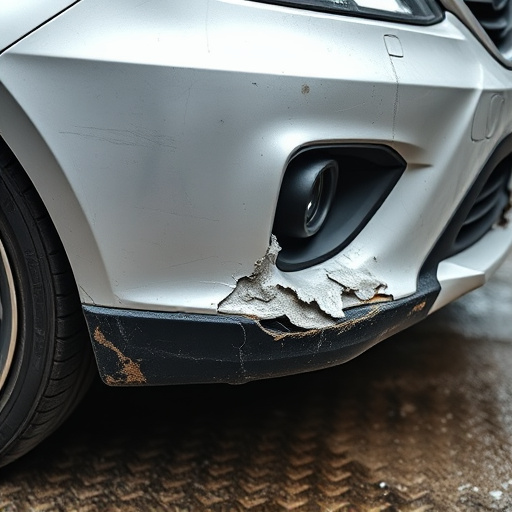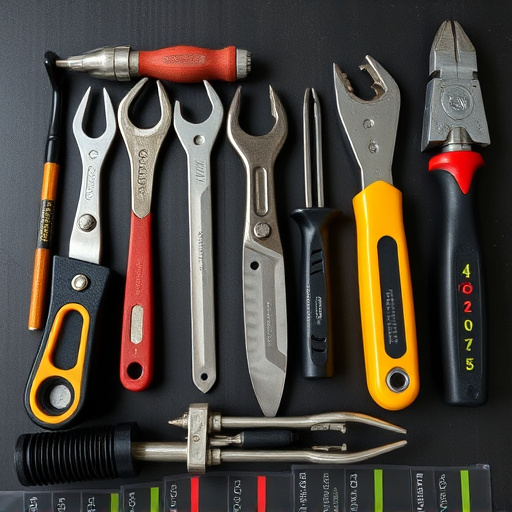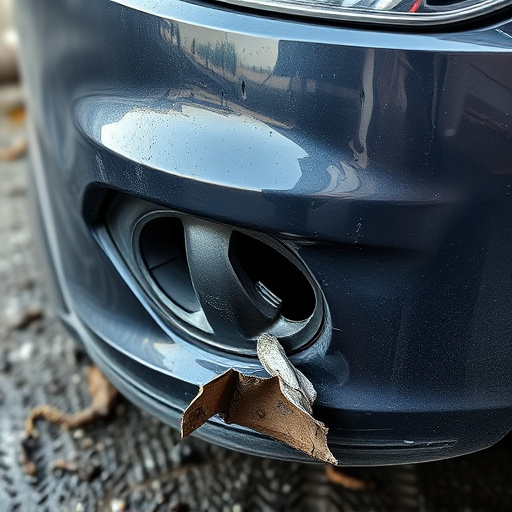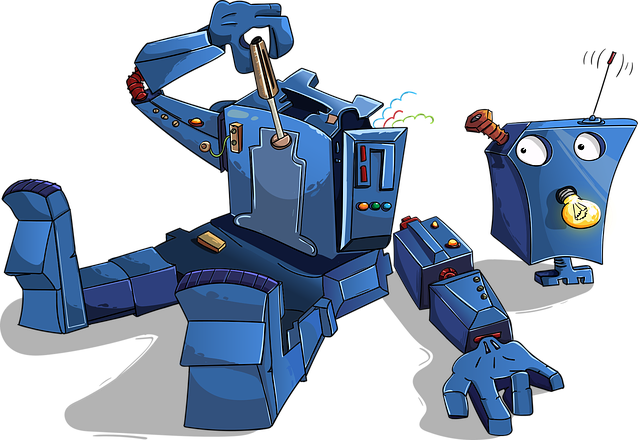Before storing your vehicle for seat repair after a collision, conduct a thorough inspection to identify visible and hidden damage. Remove personal items and dust surfaces to enable efficient access by technicians. Skilled technicians assess structural integrity, identify worn parts, and determine repair or replacement needs. Create a detailed list of required repairs and parts, including fabric, zippers, springs, and frames. This proactive approach ensures a smoother repair process and contributes to your vehicle's interior longevity.
When facing vehicle repairs due to collision damage, proper storage is crucial to preserve its value. This comprehensive guide outlines best practices for storing your car during the seat repair process, ensuring optimal conditions. From initial preparation and choosing the ideal storage location to maintaining interior quality, we cover everything. Learn how to assess collision damage, identify needed repairs, select secure facilities, and implement regular care routines to keep your vehicle in top shape until the necessary seat repairs are completed.
- Assessing and Preparing Your Vehicle for Storage
- – Inspection process for seat repair collision damage
- – Identifying necessary repairs and parts needed
Assessing and Preparing Your Vehicle for Storage

Before storing your vehicle for seat repair following a collision, it’s crucial to prepare it properly. Begin by assessing any visible damage, focusing on the area around the seats and surrounding panels. Look for dents, dings, or cracks that might need professional attention during the repair process. This initial evaluation ensures that all issues are addressed, preventing further complications later.
Take time to clean and inspect the car’s interior thoroughly. Remove any personal items from the seats and floor mats. Vacuum and wipe down surfaces, paying close attention to the areas where the seat belts are attached. A clean and organized space facilitates smoother access by automotive collision repair technicians, ensuring efficient fender repair or seat assembly processes.
– Inspection process for seat repair collision damage
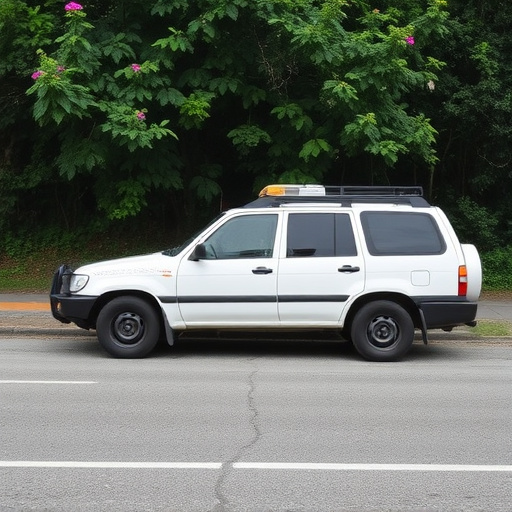
Before any seat repair or collision damage restoration begins, a thorough inspection is paramount. Skilled technicians at an auto repair shop will meticulously assess the extent of the damage, examining both visible and hidden areas of the affected seats. In the case of a Mercedes Benz repair, for instance, this might involve removing the seats to gain access to internal components, checking for structural integrity, identifying worn or damaged parts, and assessing the need for replacement or expert restoration techniques. This meticulous process ensures that every detail of the collision damage is accurately accounted for, laying the groundwork for effective and precise repairs.
The inspection phase also plays a crucial role in estimating costs and communicating with clients about the repair process. Auto body repair specialists can provide transparent quotes, outlining the specific work required to restore the seats to their pre-collision condition. This open dialogue fosters trust and ensures that customers are well-informed throughout the entire auto repair experience.
– Identifying necessary repairs and parts needed

Before storing your vehicle for seat repair following a collision, it’s crucial to conduct a thorough inspection and identify all necessary repairs and parts required. Start by assessing the extent of the damage, focusing on the seat area. Check for any visible tears, stains, or structural issues in the upholstery, foam padding, and mechanical components. This initial evaluation will help you understand the scope of work ahead and ensure accurate budgeting.
During this process, make a detailed list of all parts that need replacement or repair, such as fabric, zippers, springs, or even the frame if severely damaged. It’s also essential to consider potential hidden issues like water damage or mold growth behind the seat, which might require specialized auto detailing services and body shop repairs. This proactive approach will not only facilitate a smoother repair process but also contribute to the overall longevity of your vehicle’s interior after the collision-related seat repair.
When storing a vehicle for seat repair due to collision damage, a thorough initial assessment is key. By meticulously inspecting the affected areas, including seat frameworks, cushioning, and safety mechanisms, you can accurately identify required repairs and necessary replacement parts. This proactive approach ensures efficient and cost-effective restoration, maximizing vehicle value and minimizing downtime. Implement these best practices to safeguard your vehicle during the storage period and beyond.


